Aerospace Technology Advancements: 8 Trends And Innovations
1. Sustainability
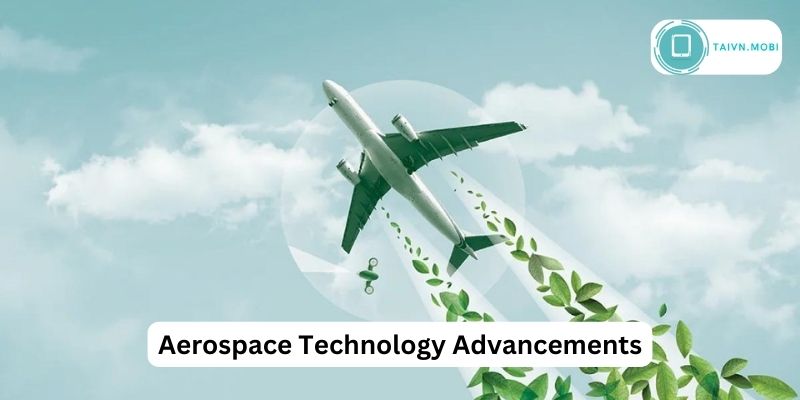
The aerospace industry is being forced to lessen its carbon footprint due to rising climate change awareness among travelers. They can convert to sustainable operations and reach this aim thanks to technological advancements. For instance, biofuels lessen the reliance on fossil fuels for Aerospace Technology operations, so reducing carbon emissions. The sector may further reduce emissions thanks to other alternative energy sources like electric flying technologies. Additionally, innovative designs and energy-efficient integrations help to increase fuel efficiency, which lowers pollutants and fuel costs.
2. Artificial Intelligence
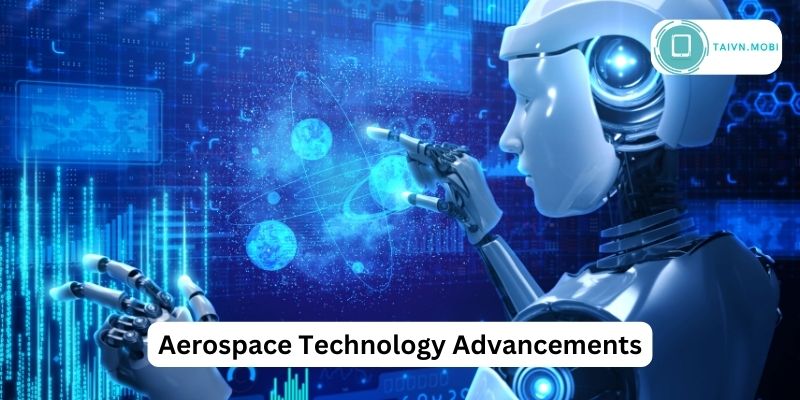
Automating manual procedures and getting rid of human mistakes are the main goals of AI adoption in the Aerospace Technology Advancements industry. By identifying novel patterns and connections, AI, machine learning, and computer vision, among other AI-related technologies, offer insights into the data. This helps with a number of tasks, including route optimization, asset usage, and increasing fuel efficiency. AI offers optimal results and manages more difficult problems than people in a lot less time. As a result, the technology supports crucial judgment calls during autonomous flying operations. AI also helps human pilots design the best possible environment with the advantages of both manned and unmanned maneuverability.
3. Digitization
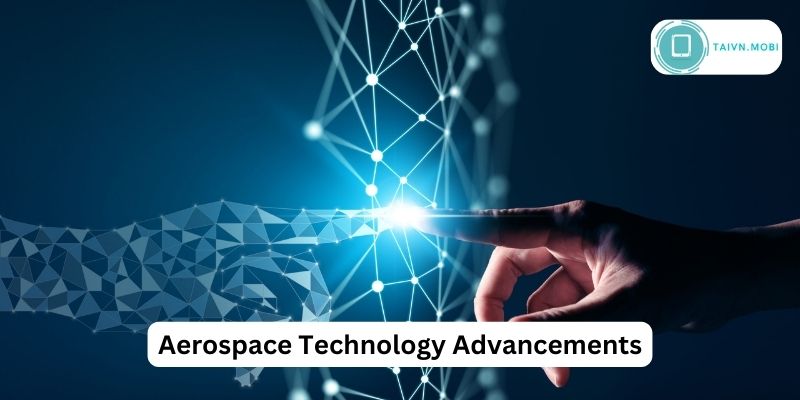
To ensure effective manufacturing and quick design-to-delivery, the aerospace sector uses digital technology and smart factories. Aerospace businesses can maintain their agility thanks to process digitization. Digitization improves spacecraft and airplane operational systems in addition to facilitating effective supply chain operations. For instance, digitization breaks down information walls between internal systems and enhances stakeholder collaboration.
At the same time, this data facilitates data-intensive solutions like digital twins, sophisticated analytics, and threaded computing by optimizing engineering processes. As a result, efficiency is increased and bottlenecks are avoided by aviation service providers and Aerospace Technology Advancements manufacturers.
4. Additive Manufacturing
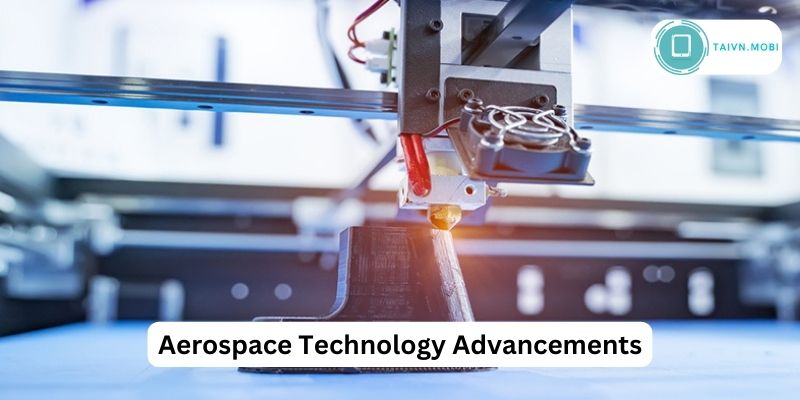
Aerospace interior components and other non-essential parts with low mechanical stresses have been the main applications for additive manufacturing. However, thanks to developments in metal 3D printing, additive manufacturing has had a big impact on the production of Aerospace Technology Advancements products. It makes it possible for aviation companies to efficiently use low-volume production runs.
Additionally, smart materials enable producers to supply stronger and lighter replacements for components made of traditional materials. Additionally, aerospace businesses can create prototypes quickly thanks to additive manufacturing, which lowers development barriers and boosts productivity.
5. Advanced Satellite Technology
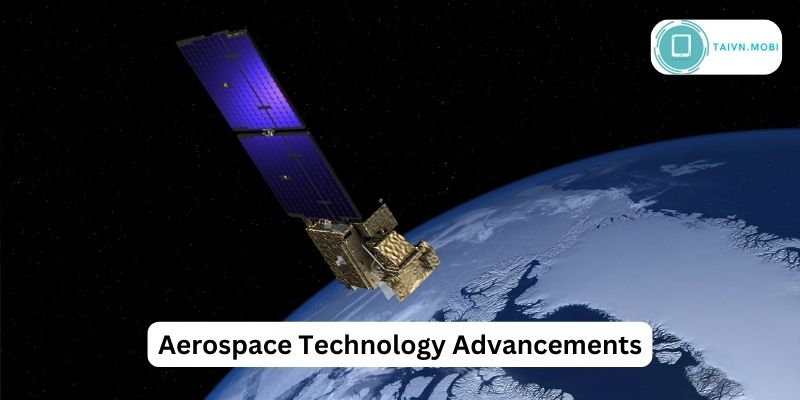
The majority of commercial space activities involve satellite launches, and this pattern is anticipated to continue. The main factors driving this are the declining cost of placing satellites into orbit and the increasing demand for satellite imagery and geospatial intelligence.
Pico and nanosatellites, which are small enough to be launched with ease, are made possible through satellite miniaturization. Satellite-based communication systems are also driven by the requirement for worldwide connections for internet of things (IoT) integration. Additionally, while enabling in-orbit services, additive manufacturing streamlines satellite production and maintenance.
6. Blockchain

In order to protect data at the highest level and increase network resilience to prevent single points of failure, blockchain technology uses public-key encryption. Blockchain facilitates better access to and visibility of supply chain data because the Aerospace Technology sector depends on intricate supply lines.
In order to improve traceability and tracking, access rights and entitlement management are also automated using blockchain technology. Additionally, blockchain enables secure, traceable, and shareable records across all supply chain participants for aircraft firms. As a result, producers are able to spot inefficiencies and eliminate possible bottlenecks.
7. Aerial Mobility
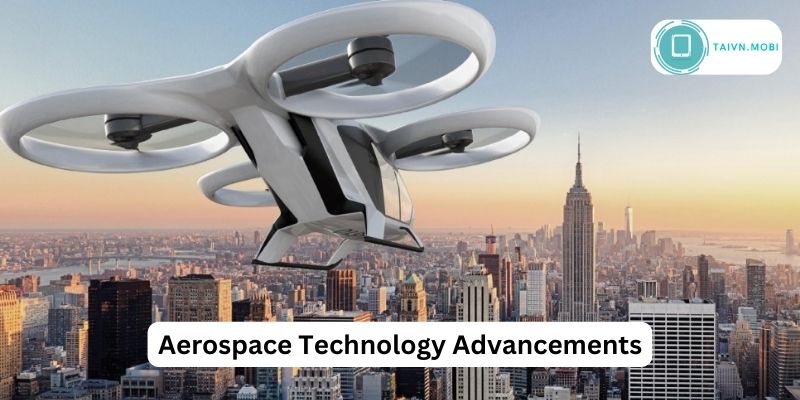
Advanced air taxis, as well as drones used for emergency services and hyperlocal deliveries, are examples of aerial transportation advancements. Reduced air travel times for passengers are driving a growing comeback of faster flying technologies, including supersonic and hypersonic aircraft.
Additionally, the technology for electric vertical takeoff and landing (eVTOL) has advanced quickly in recent years. By functioning in small, constrained locations, it lowers the carbon footprint of airplanes and stimulates new use cases. This covers last-mile delivery, military applications, and short-distance transportation, among other things.
8. Immersive Technologies
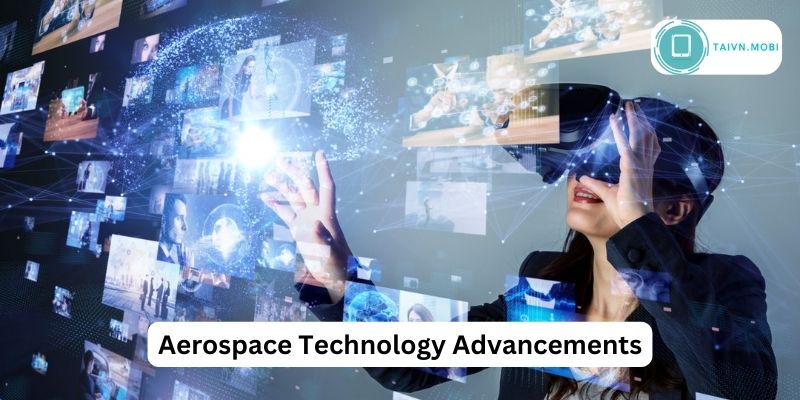
Immersive technologies are used in aerospace employee training and airborne military operations. They help with the visualization of numerous workflows, including navigating systems, air traffic control, weather information, and airspace information. Engineers and pilots can reduce the effects of complex learning mechanisms with the use of immersive technologies like VR and AR.
They also allow operators to observe composite constructions and work in virtual settings. At the same time, AR gives pilots an extra layer of information through helmets or glasses and helps them fly their aircraft more effectively, lowering the likelihood of accidents.
Conclusion
In conclusion, the eight trends and innovations we have discussed demonstrate the remarkable progress and breakthroughs in aerospace technology. With advancements in materials science, propulsion, and autonomous systems, the aerospace industry is poised to achieve new heights and push the boundaries of human exploration. As these aerospace technology advancements continue to evolve, we can look forward to an exciting future of innovation and discovery in the aerospace industry.
